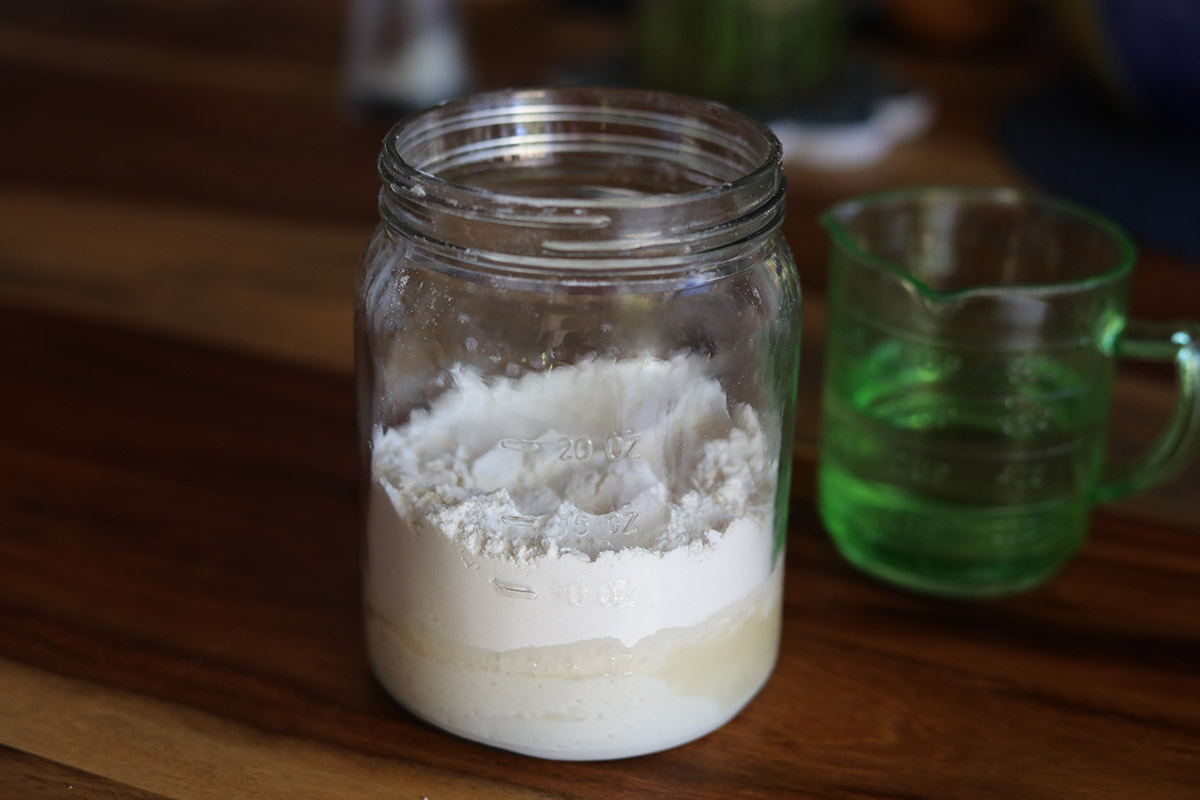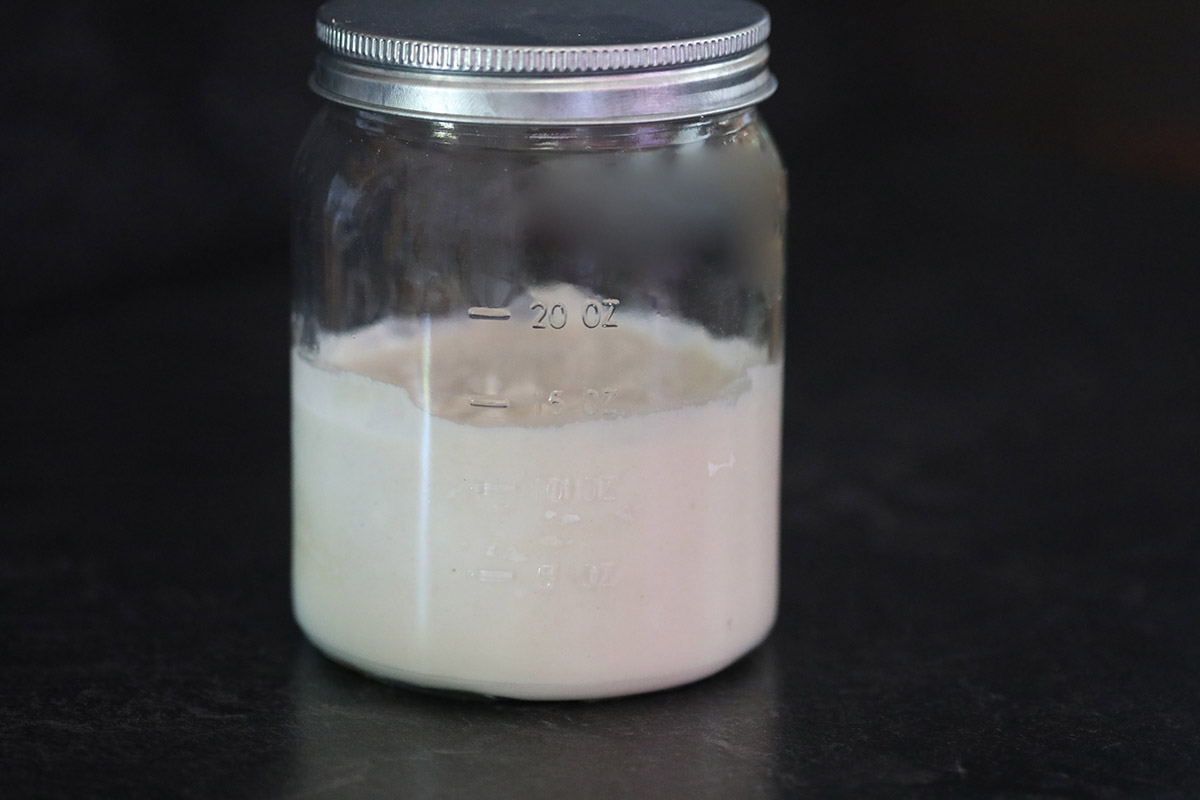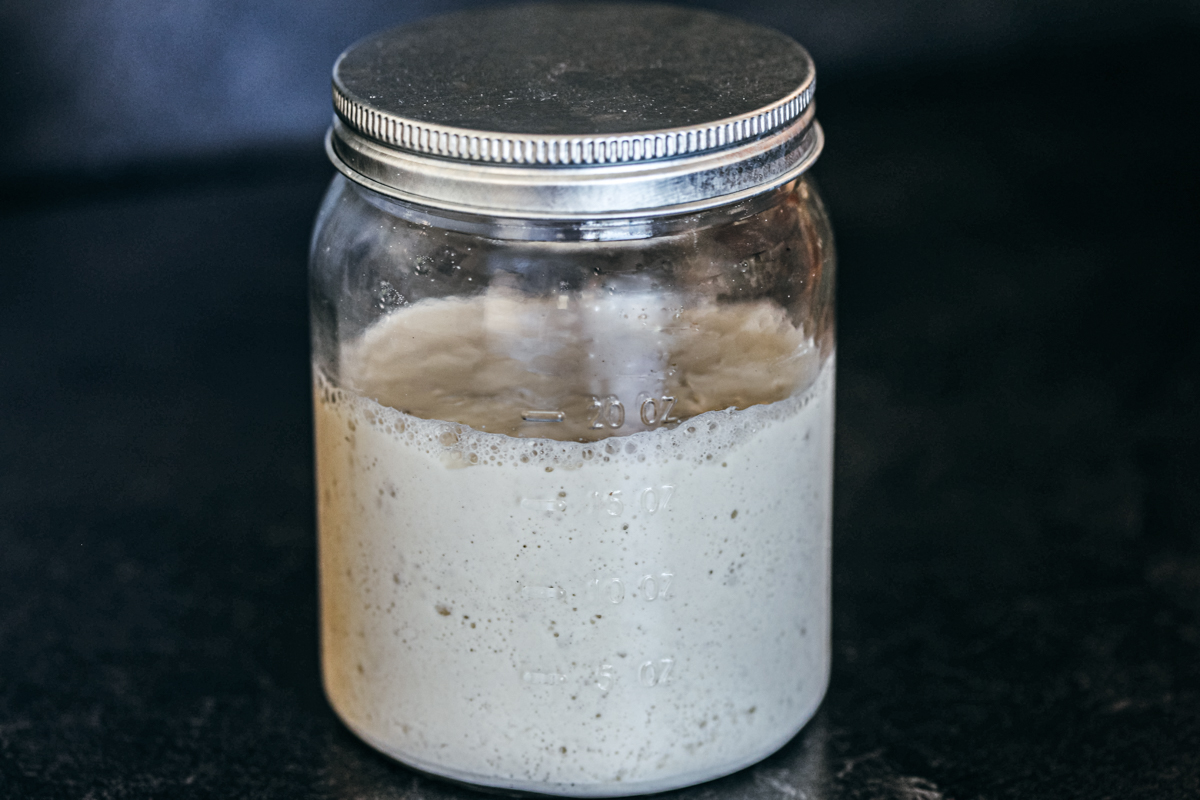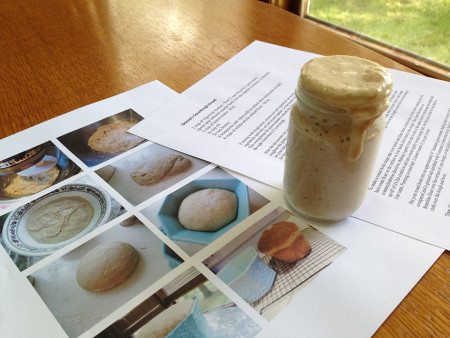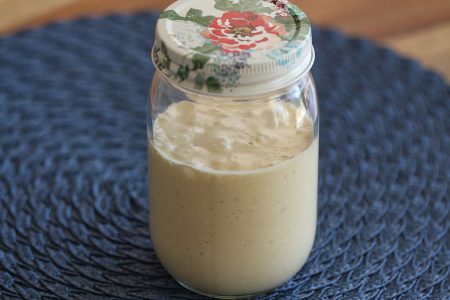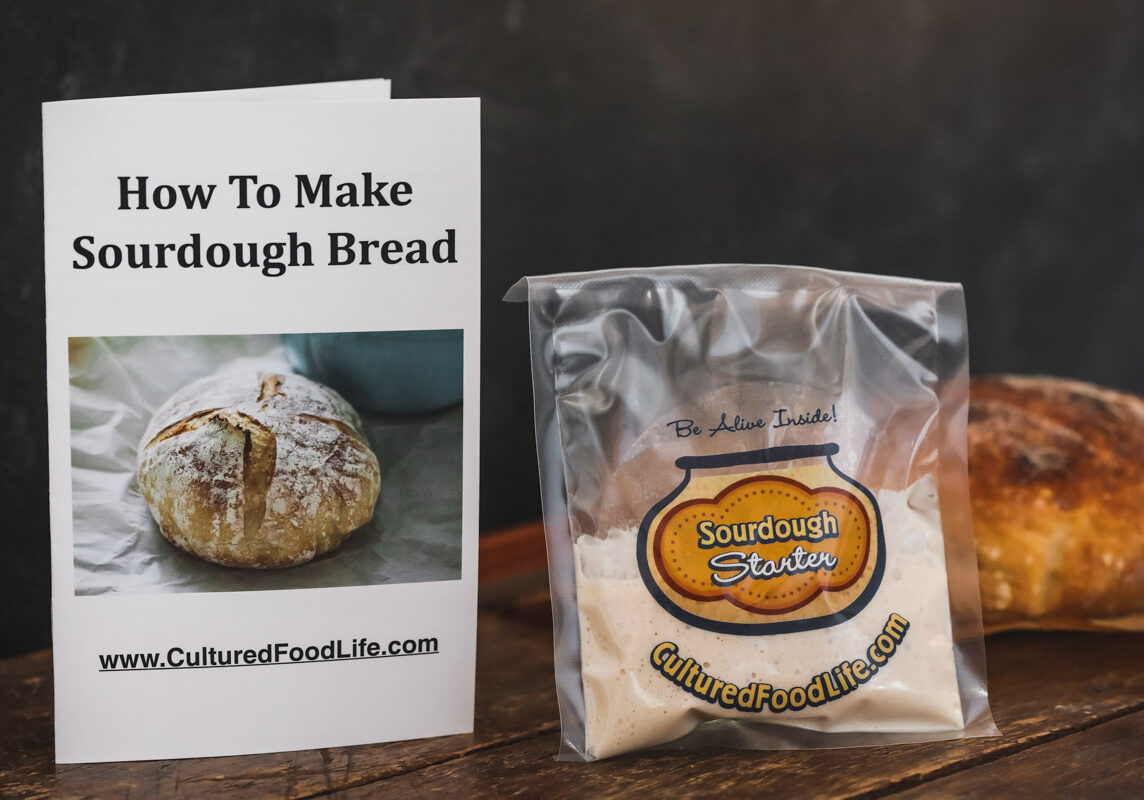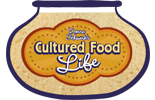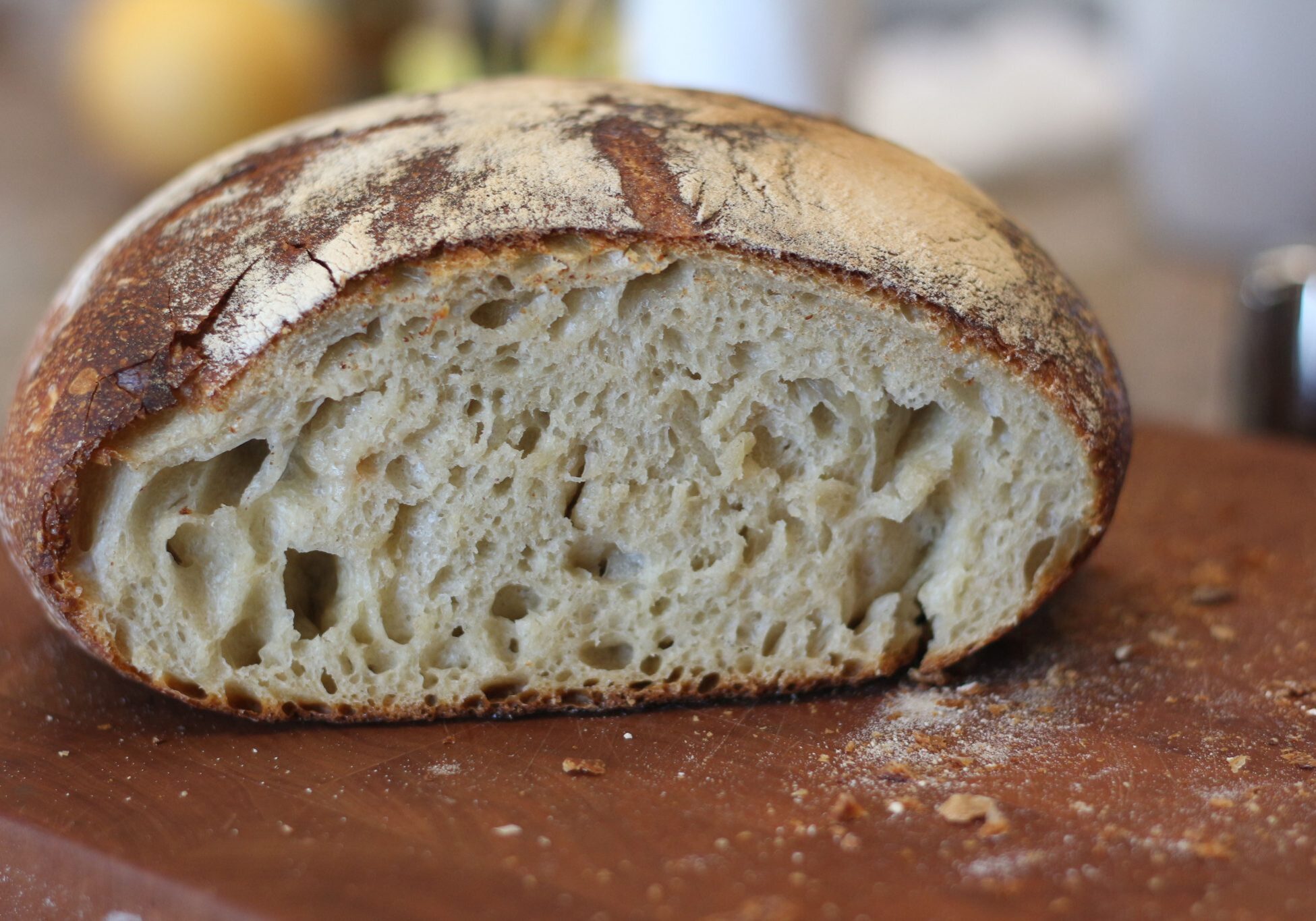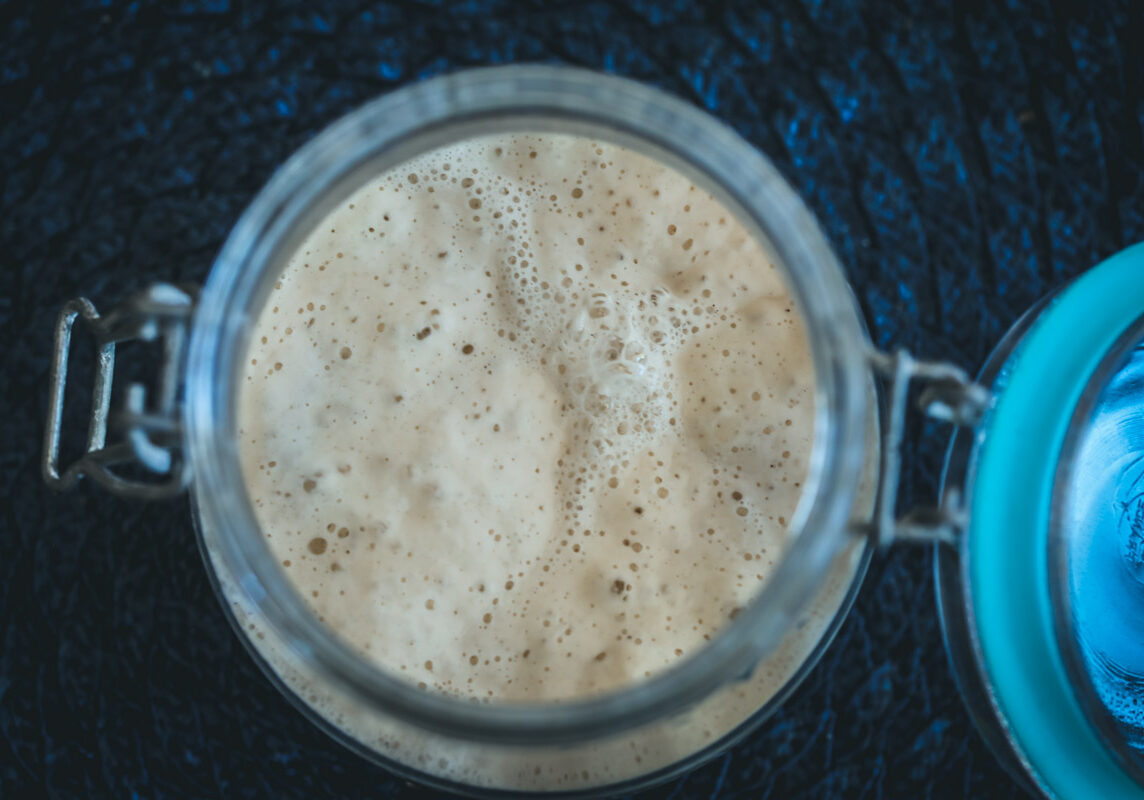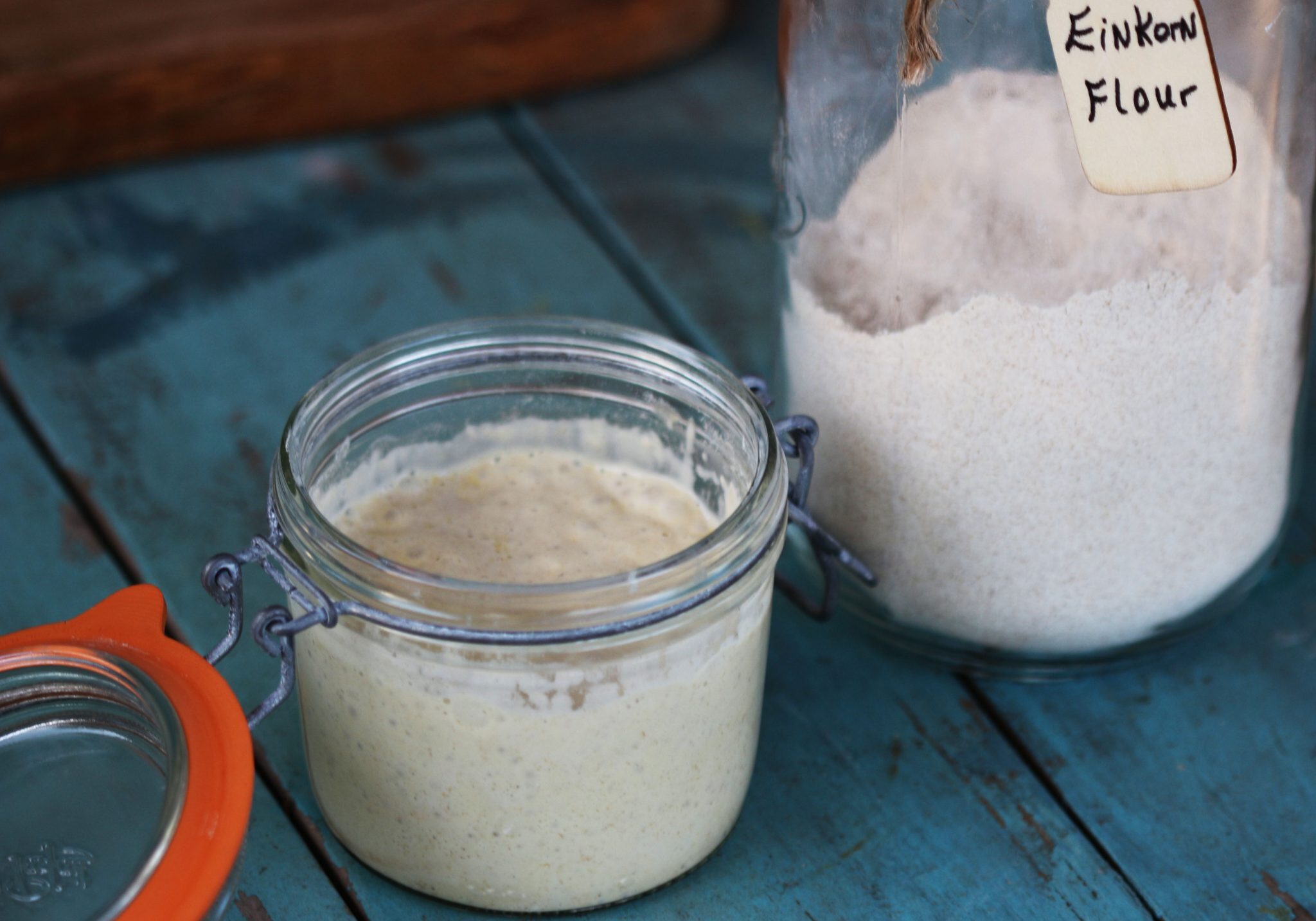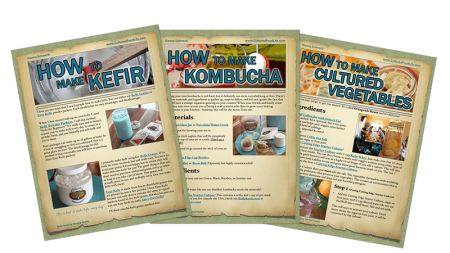
How to Care For Your Sourdough Starter
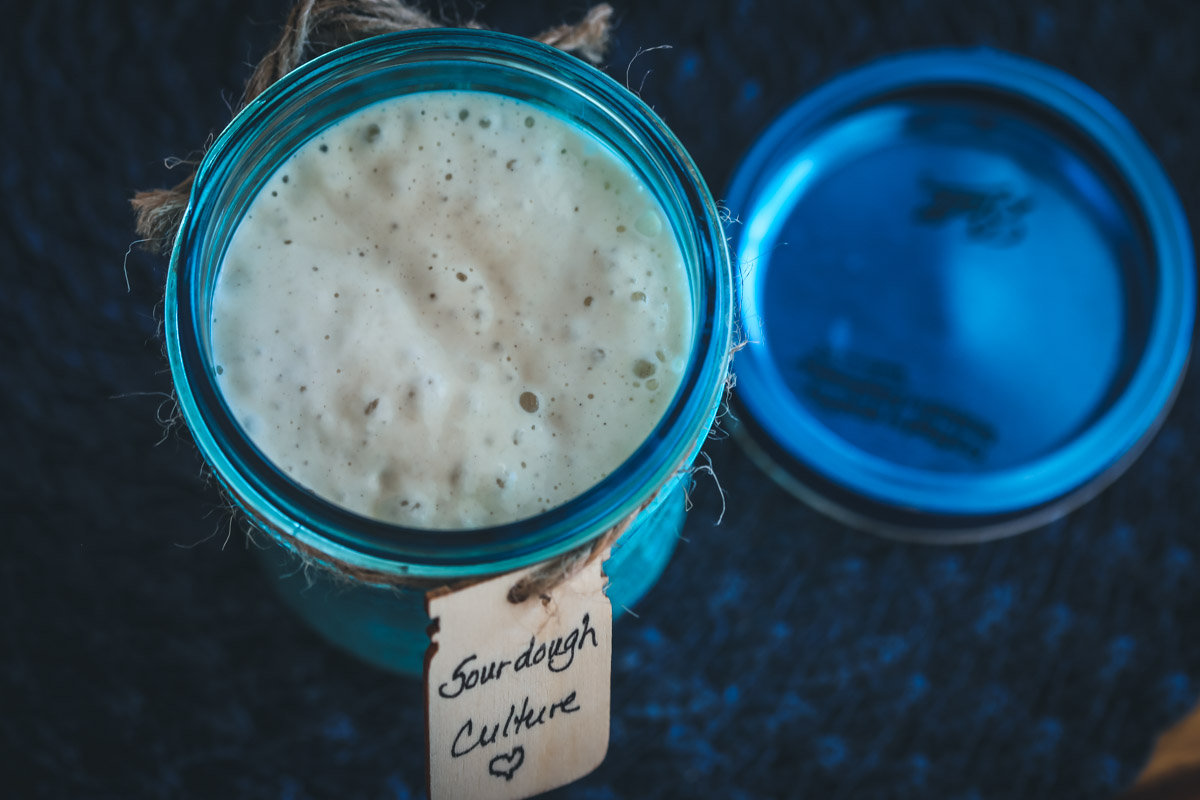
![]() Making bread that requires a sourdough starter dates back to ancient Egypt around 1500 BC. It's one of the oldest forms of fermentation and is one of the healthiest and most delicious ways to enjoy bread. In the last several centuries bakers started using commercial baker's yeast to help the dough rise. However, traditional sourdough fermentation relies on "wild yeast" and lactic acid bacteria that are naturally present in flour to leaven the bread. Bread made with instant yeasts contain a good amount of minerals, but the absorption of these minerals is limited by the presence of phytic acid, commonly referred to as phytate. Using a sourdough culture produces lactic acid bacteria and gives numerous health benefits.
Making bread that requires a sourdough starter dates back to ancient Egypt around 1500 BC. It's one of the oldest forms of fermentation and is one of the healthiest and most delicious ways to enjoy bread. In the last several centuries bakers started using commercial baker's yeast to help the dough rise. However, traditional sourdough fermentation relies on "wild yeast" and lactic acid bacteria that are naturally present in flour to leaven the bread. Bread made with instant yeasts contain a good amount of minerals, but the absorption of these minerals is limited by the presence of phytic acid, commonly referred to as phytate. Using a sourdough culture produces lactic acid bacteria and gives numerous health benefits.
Health Benefits
The health benefits are many when you make and eat sourdough bread. The phytic acid in bread is reduced by 90% when fermented. Phytic acid, or phytate, is found in plant seeds. It serves as the main storage form of phosphorus in the seeds. It impairs the absorption of iron, zinc, and calcium and may promote mineral deficiencies in the body. Sourdough bread is also easier to digest since complex carbohydrates are broken down into more digestible simple sugars, and protein is broken down into amino acids. The fermentation, partly from lactobacillus, also allows for a bread that is lower on the glycemic index, thus making it better for those with blood sugar issues. Many people with gluten intolerance do fine on sourdough bread since the gluten is reduced during fermentation. Check out more info on the health benefits in the link below.
7 Reasons I Eat Sourdough Bread
I usually make sourdough bread once or twice a week. I make sourdough more than sprouted bread as my family likes it better and I enjoy making it so much. There is nothing as special as having a sourdough starter that has your own unique yeasts from your kitchen and hometown - that makes it uniquely your own. For instance, you know how San Francisco sourdough has a really sharp, sour taste? This is because of the wild yeasts in that area related to the ocean and flora around this part of the country, resulting in its own special taste. Yours will taste different, too. It's fun to find out how it adapts to your part of the world and especially your kitchen.
Sourdough starters are like having a pet that needs to be fed and cared for. Don't worry, it doesn't take a lot of time. It requires a small amount of effort to feed a starter that will make you bread for the rest of your life.
Helpful Tips for sourdough bread
![]() The secret to good sourdough bread is in the bubbly sourdough starter. (You can buy my live starter here.) To make a really bubbly sourdough starter, you must feed it a ratio of one to one to one. So what this means is 1/2 cup of sourdough starter and 1/2 cup flour and 1/2 water. You can make more starter than this, but always keep the ratio 1 to 1 to 1 and you will have a really bubbly sourdough starter.
The secret to good sourdough bread is in the bubbly sourdough starter. (You can buy my live starter here.) To make a really bubbly sourdough starter, you must feed it a ratio of one to one to one. So what this means is 1/2 cup of sourdough starter and 1/2 cup flour and 1/2 water. You can make more starter than this, but always keep the ratio 1 to 1 to 1 and you will have a really bubbly sourdough starter.
![]() Always feed the starter the night before (or at least 3-4 hours before you make your bread). This all depends on the temperature in your home. The warmer it is, the sooner it will rise and be bubbly. Once your starter begins rising in the jar and is filled with bubbles on the top and sides it's ready to go.
Always feed the starter the night before (or at least 3-4 hours before you make your bread). This all depends on the temperature in your home. The warmer it is, the sooner it will rise and be bubbly. Once your starter begins rising in the jar and is filled with bubbles on the top and sides it's ready to go.
![]() Make sure that you have been feeding the starter at least once a week if you have been keeping it in the fridge. If you haven't been feeding your starter this often, then feed it several times a day until it's bubbly again.
Make sure that you have been feeding the starter at least once a week if you have been keeping it in the fridge. If you haven't been feeding your starter this often, then feed it several times a day until it's bubbly again.
![]() Keep your dough on the moister side. Add less flour and it will rise higher and have a lighter taste and will also have more holes if you like this in sourdough bread.
Keep your dough on the moister side. Add less flour and it will rise higher and have a lighter taste and will also have more holes if you like this in sourdough bread.
![]() Use flour with a higher protein content as this allows for a high-rising sourdough bread. Check out The information below on types of flour to use for your sourdough starter and on how to calculate how much protein your flour has.
Use flour with a higher protein content as this allows for a high-rising sourdough bread. Check out The information below on types of flour to use for your sourdough starter and on how to calculate how much protein your flour has.
The Starter
Feeding Your Starter
If you just received your sourdough starter
Feed your sourdough starter as soon as you get it. Follow the recipe and ratios below or in the booklet you received. You should feed your starter fresh flour and water at least once every week, preferably because you have used the starter for a wonderful loaf of sourdough bread. Otherwise, you can store it in the refrigerator. If you remember to feed it or use it at least once a week, your starter will stay ready to use; but if you forget and leave it for several weeks in your refrigerator, you can usually revive it with a little love and care. Check out the troubleshooting tips below.
Feeding Your Starter
Feed your sourdough culture 3-4 hours before you want to make your bread. I keep my sourdough culture in the refrigerator. I feed it religiously, once a week, with the 1-1-1 ratio. Use 1/4 cup of starter and replenish it by stirring in 1/2 cup water and 1/2 cup flour. Then place in the fridge. It's very important to NOT use more starter than flour and water. It always stays active if I do this.
The day I want to bake with it, I feed it and let it warm up on the counter till it's nice and bubbly. This will take 3-4 hours (if your home is between 70°-75° F.) If your home is colder (below 70°F.), let it ferment longer. When it gets bubbly on the top and the sides of the jar, it’s ready to use.
Feeding Your Starter Without Baking
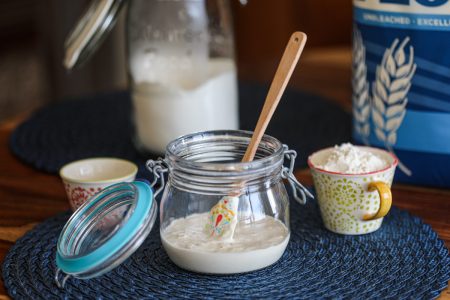
It's very important to NOT use more starter than flour and water. Use a ratio of 1-1-1. If you use too much starter, it will consume all the food and not be as bubbly.
Types Of Flour To Feed Your Starter
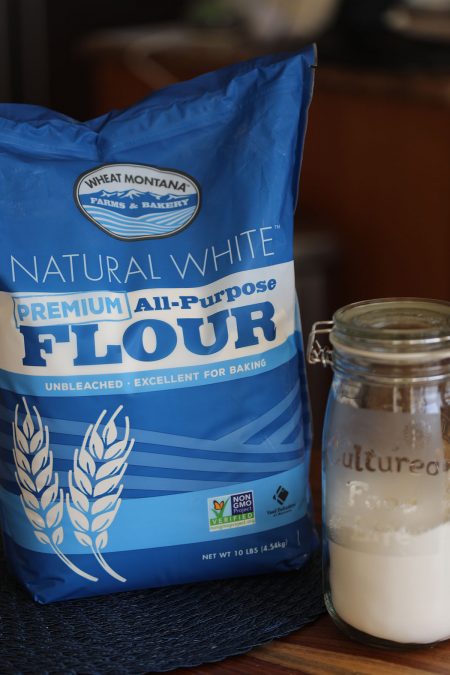
Here's how to figure out the amount of protein content in your flour:
If there are 4 grams of protein per 30 grams of flour, you need to multiply 4 by the number 100, and then divide by 30 (see example below).
4 g protein per 30 g flour
4 × 100 = 400
400 / 30 = 13.33
Using this equation, this flour has a protein content of 13.33%.
You can use this formula to determine the percentage of protein in flour:
(x) grams of protein per (y) grams of flour
(x) x 100 = (z)
(z) / (y) = % of protein content in the flour
You can also use bread flour or a good quality unbleached white flour, whole wheat flour, or rye which is wonderful too. You'll need to use a flour that does not add chemicals or one that is bleached. Otherwise, your starter might not get bubbly. Bread flour is what is most commonly used by bread makers because of the high protein count in the flour. A high protein count makes the bread rise higher. Whole wheat flour will make a more dense loaf that doesn't rise as high. White wheat flours work better and Prairie Gold Wheat Montana is a good one to use if you want to use mostly wheat flour.
Water And Salt To Use In Sourdough Bread
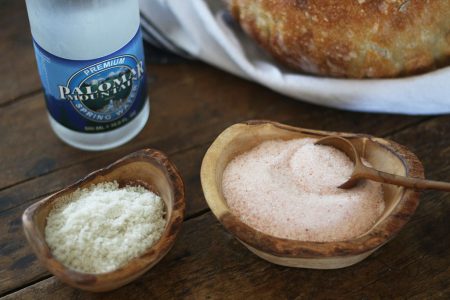
My two favorite salts to use are finely ground Celtic Sea Salt, or Himalayan Salt is wonderful too. I think salt with minerals is important, but almost any salt will work. I just think that since my body and my cultures love salts with minerals, I should give my bread the very best I can find.
Einkorn Sourdough Bread
If you want to make Einkorn bread, you will need to convert your starter to an Einkorn flour starter. I have a recipe to help you do this.
Troubleshooting
Helping A Neglected Starter
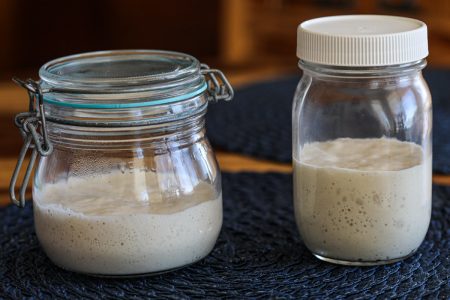
Don't use too much starter!
The Hooch
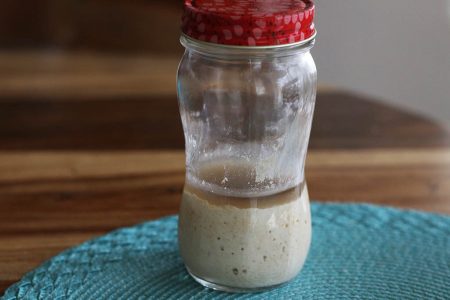
Feeding it fresh flour and water and it should get back up to snuff.
Increasing Your Starter
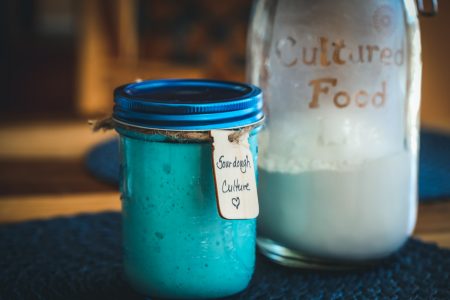
If you use more starter, it will be extra active because there is more starter than flour. It will eat all of the flour and not be as vigorous as it could be.
I Have Too Much Starter
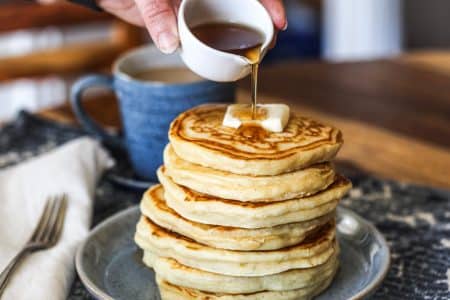
Listen To My Podcast
I usually make sourdough bread once or twice a week. Making sourdough bread requires a strong sourdough starter. The health benefits are many when you make and eat sourdough bread. The secret to sourdough bread is in the starter and I can show you how to have a strong starter that makes wonderful sourdough bread. Check out the podcast to learn more.
Are you on the list?
Sign up today and I'll send you my free Getting Started Guide!
Each week I'll send you updates, tips, recipes, and more! You might even be a winner of my weekly giveaway! (starter cultures, memberships, and more!)
Come be a part of my cultured food family!

